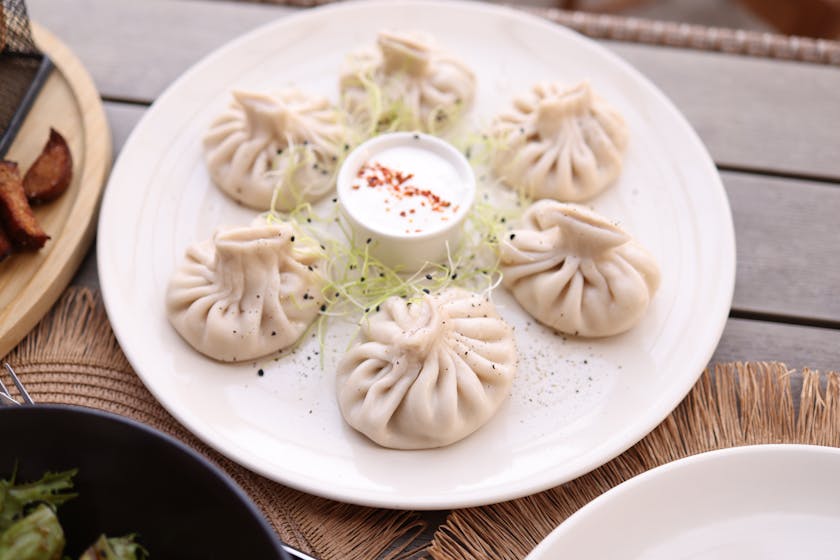When considering bulk meal storage for emergency preparedness, it’s essential to understand the best practices for storing food safely and efficiently. Having a cache of food supplies can provide peace of mind and security in times of unexpected crises.
Understanding the Basics of Bulk Meal Storage
Before diving into the world of bulk meal storage for emergency preparedness, it’s important to understand the basic elements that will ensure your supplies remain safe and nutritious over time. This involves selecting the right types of food, understanding proper storage conditions, and knowing how to manage your inventory.
Choosing the Right Foods for Bulk Storage
Selecting the appropriate food items for bulk storage is the first step in your emergency preparedness plan. Focus on non-perishable items such as:
- Dried grains and pasta
- Canned fruits, vegetables, and meats
- Dehydrated or freeze-dried foods
- Nuts, seeds, and dried legumes
Best Storage Practices for Longevity
Proper storage conditions are crucial for maintaining the shelf life of your bulk food. Store your items in a cool, dry place and use airtight containers to keep out moisture and pests. If possible, use food-grade buckets with gamma seal lids for added protection.
Managing Your Bulk Meal Inventory
Keep a detailed inventory of your food storage, including expiration dates. Rotate your stock regularly to use items before they expire and replenish as needed. This practice, often referred to as “first in, first out,” will help maintain a fresh supply of food.
Advanced Techniques in Bulk Meal Storage
If you’re looking to enhance your bulk meal storage for emergency preparedness, consider these advanced techniques:
Utilizing Oxygen Absorbers
Oxygen absorbers can significantly extend the shelf life of stored food by preventing oxidation and the growth of aerobic bacteria. They are especially useful for storing dried foods in bulk.
Vacuum Sealing for Optimal Preservation
Vacuum sealing food removes air from the package, which can greatly reduce the risk of spoilage and extend shelf life. This method is ideal for dried goods, meats, and cheeses.
Freeze-Drying Foods at Home
With the right equipment, you can freeze-dry your own meals and ingredients. Freeze-drying preserves the nutrition and flavor of food, and when properly stored, items can last for years.
Prioritizing Nutrition and Variety
While stocking up on food is essential, don’t forget the importance of nutrition and variety. A well-rounded emergency food supply should include:
- A balance of proteins, carbohydrates, and fats
- A variety of vitamins and minerals
- Comfort foods and spices to enhance morale and flavor
By maintaining a diverse supply, you can ensure your meals are not only sustaining but also enjoyable, which is particularly important during stressful times.
Regularly Update Your Emergency Meal Plan
As you continue to build your bulk meal storage, revisit and update your emergency meal plan. This should outline how you’ll use your stored food in various emergency scenarios, taking into account the number of people in your household and any dietary restrictions.
Emergency preparedness is a continuous process, and staying informed about the latest storage techniques and products can help you optimize your food supply. Remember, it’s not just about having enough food, but having the right food to support health and morale during challenging times.




